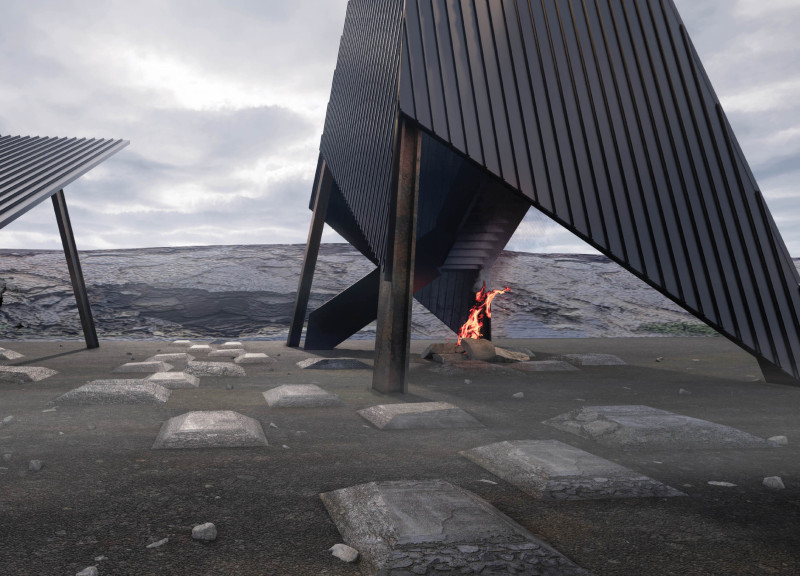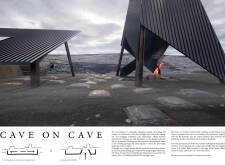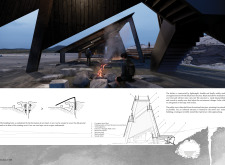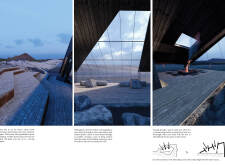5 key facts about this project
Upon entering the site, one is immediately struck by the careful consideration of the surrounding environment. The project is strategically positioned to maximize natural light and minimize energy usage, illustrating a strong commitment to environmentally sustainable architecture. This is further emphasized through the extensive use of sustainable materials, including cross-laminated timber, recycled concrete, and high-performance glazing. These materials not only contribute to the project’s ecological footprint but also create an inviting atmosphere that blurs the line between the interior and exterior spaces.
The design features a series of interconnected volumes, allowing for a fluid flow between different functional areas. Each section of the building is purposefully designed to serve distinct functions, whether for community gatherings, educational endeavors, or casual interactions. The use of open floor plans encourages a sense of community and collaboration, which is essential for fostering engagement among users. Large windows provide panoramic views of the surrounding landscape, creating a connection with nature that enhances the overall user experience.
Attention to detail is evident throughout the project, as the architectural forms have been sculpted to create a dynamic silhouette against the skyline. The roofline is particularly noteworthy; it undulates in response to the natural topography, providing not only visual interest but also enhancing water drainage and energy efficiency. Additionally, the incorporation of green roofs not only contributes to biodiversity but also improves insulation, furthering the project's sustainability goals.
Unique design elements also manifest in the choice of finishes and color palettes. The exterior features a combination of textured concrete and timber cladding, generating a tactile experience that invites users to engage with the building. Inside, the use of warm, natural materials adds a sense of coziness while ensuring that the spaces remain functional and adaptable. This attention to the sensory experience makes the building not just a place to inhabit but a space to feel connected to.
Moreover, the project promotes a sense of wellness through the incorporation of natural light and ventilation, aspects that are fundamental in modern architectural thinking. These features not only enhance the visual aesthetic of the interiors but also positively influence the health and productivity of the occupants. Spaces are designed to encourage movement, with wide corridors and strategically placed staircases that promote physical activity.
The project's unique approach lies in its ability to integrate modern architectural ideas with the cultural narratives of the surrounding community. This sensitivity to context is a hallmark of thoughtful architecture, where the built environment responds to and respects its setting. By engaging local artisans and craftspeople, the project also strengthens community ties, celebrating the local culture and creating a sense of ownership among users.
As one delves deeper into the architectural plans, sections, and designs, it becomes clear that this project is a testament to innovative thinking and intentional design. The careful balance of aesthetics, functionality, and environmental responsibility underscores the project’s significance in contemporary architecture. To gain a comprehensive understanding of this remarkable endeavor, the reader is encouraged to explore the architectural details and conceptual narrative, providing invaluable insights into the design outcomes and the philosophy that guided its creation.


























